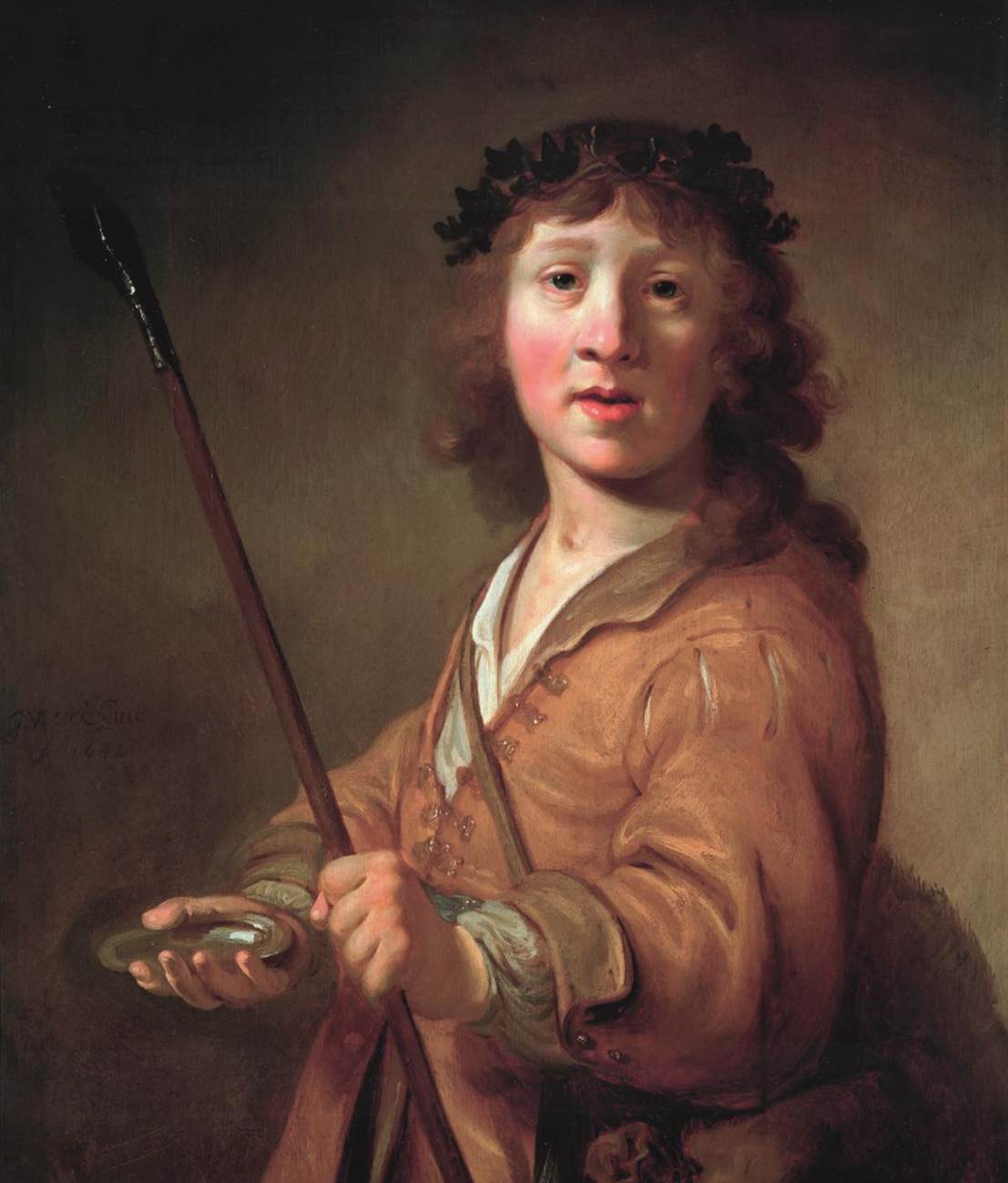Description
Portrait of a Boy as Daifilo is a work of art by the Dutch artist Gerbrand Van Den Eeckhout dating from the 17th century. The painting is a portrait of a young boy in the character of Daifilo, a character from Greek mythology. The work is an impressive example of the artistic style of the period, characterized by attention to detail and realism.
The composition of the paint is simple but effective. The boy is represented frontally and his figure occupies a large part of the space of the painting. The child's pose is natural and relaxed, giving him a sense of calm and serenity. The artist has used a carefully controlled lighting technique to bring out the boy's facial features and create a three-dimensional effect.
The use of color in the painting is impressive. The artist has used a soft, muted color palette to create a sense of calm and serenity. The predominant gray and brown tones in the painting are complemented by small areas of brighter colour, such as the dark red of the boy's cloak, giving it a touch of vitality.
The story behind the painting is interesting. Daifilo was a character from Greek mythology who fell in love with the nymph Daphne. The painting depicts Daifilo in his youth and shows his youthful beauty and grace. The work was commissioned by a wealthy client as a portrait of his son and has become one of Van Den Eeckhout's most famous works.
There are some lesser known aspects of the painting that are also interesting. For example, the artist used a highly detailed painting technique that involved applying multiple layers of paint to create an effect of depth and realism. Additionally, the painting has undergone several restorations over the years to preserve its beauty and quality.
In short, Portrait of a Boy as Daifilo is an impressive work of art that stands out for its artistic style, its composition, its use of color, and its story. It is a work that remains relevant and engaging today, and one that remains one of Van Den Eeckhout's most admired works.

